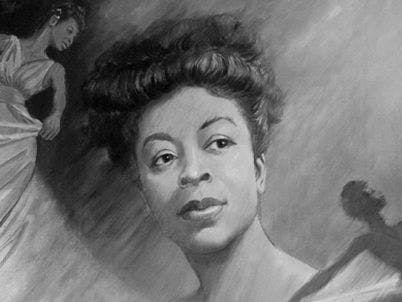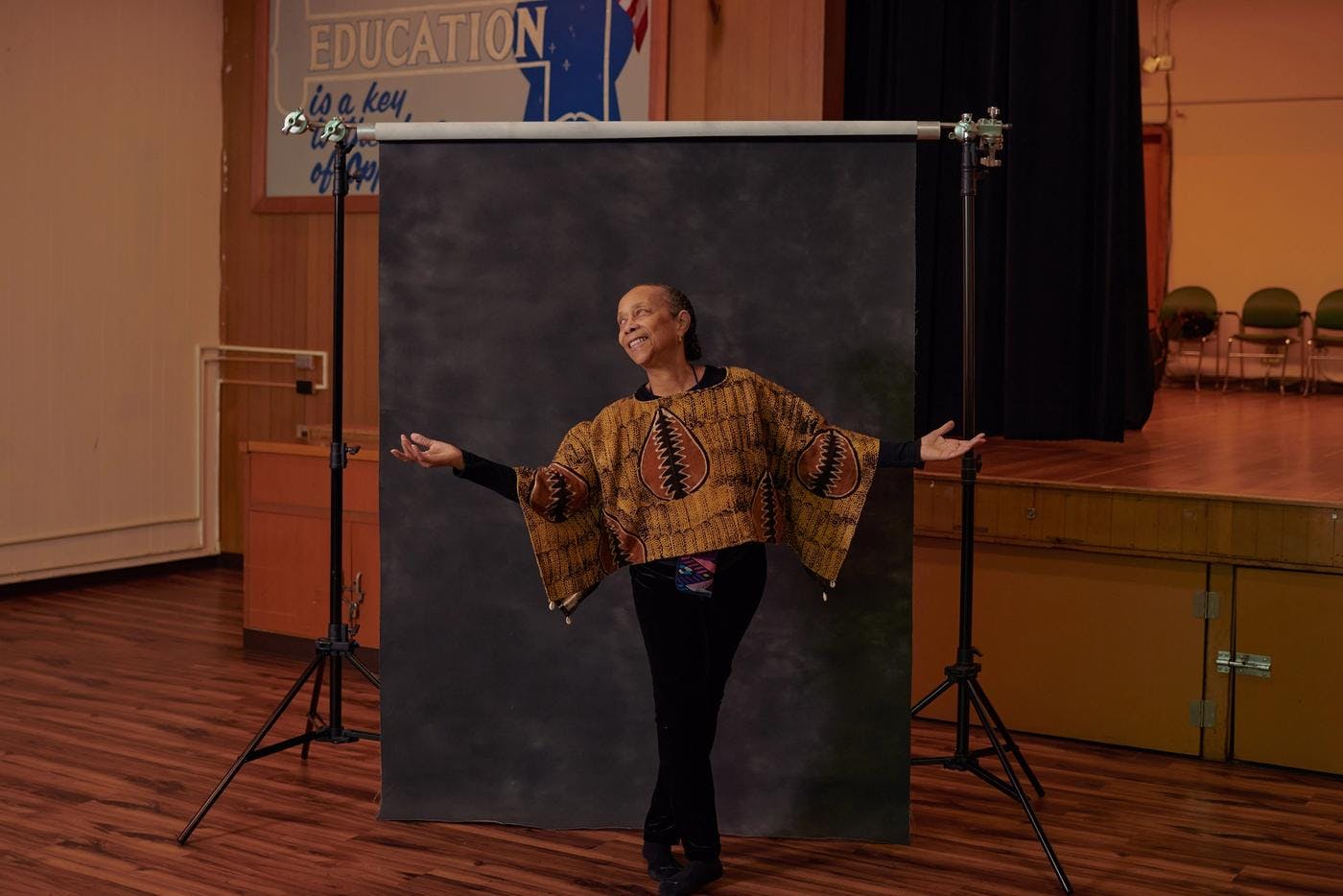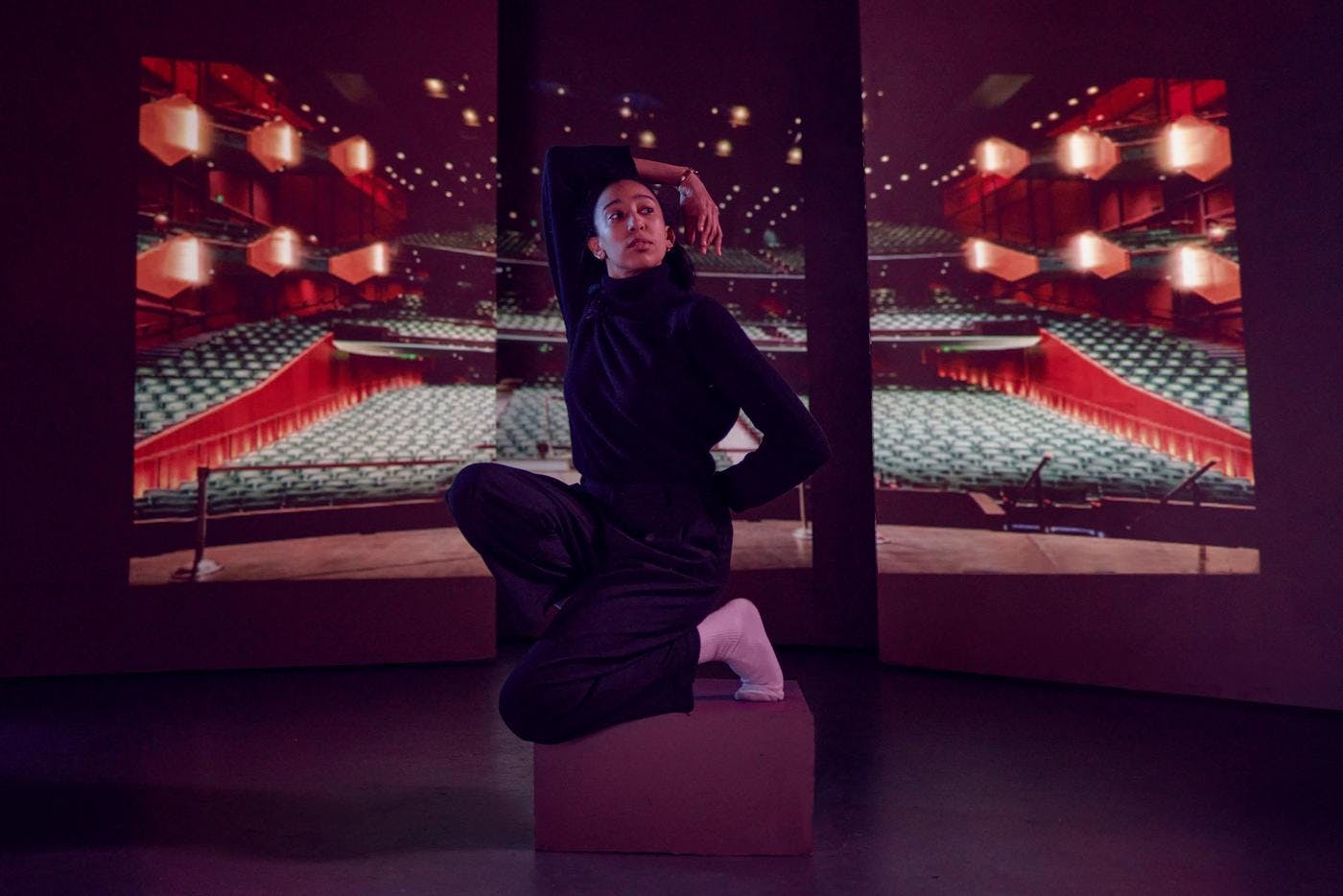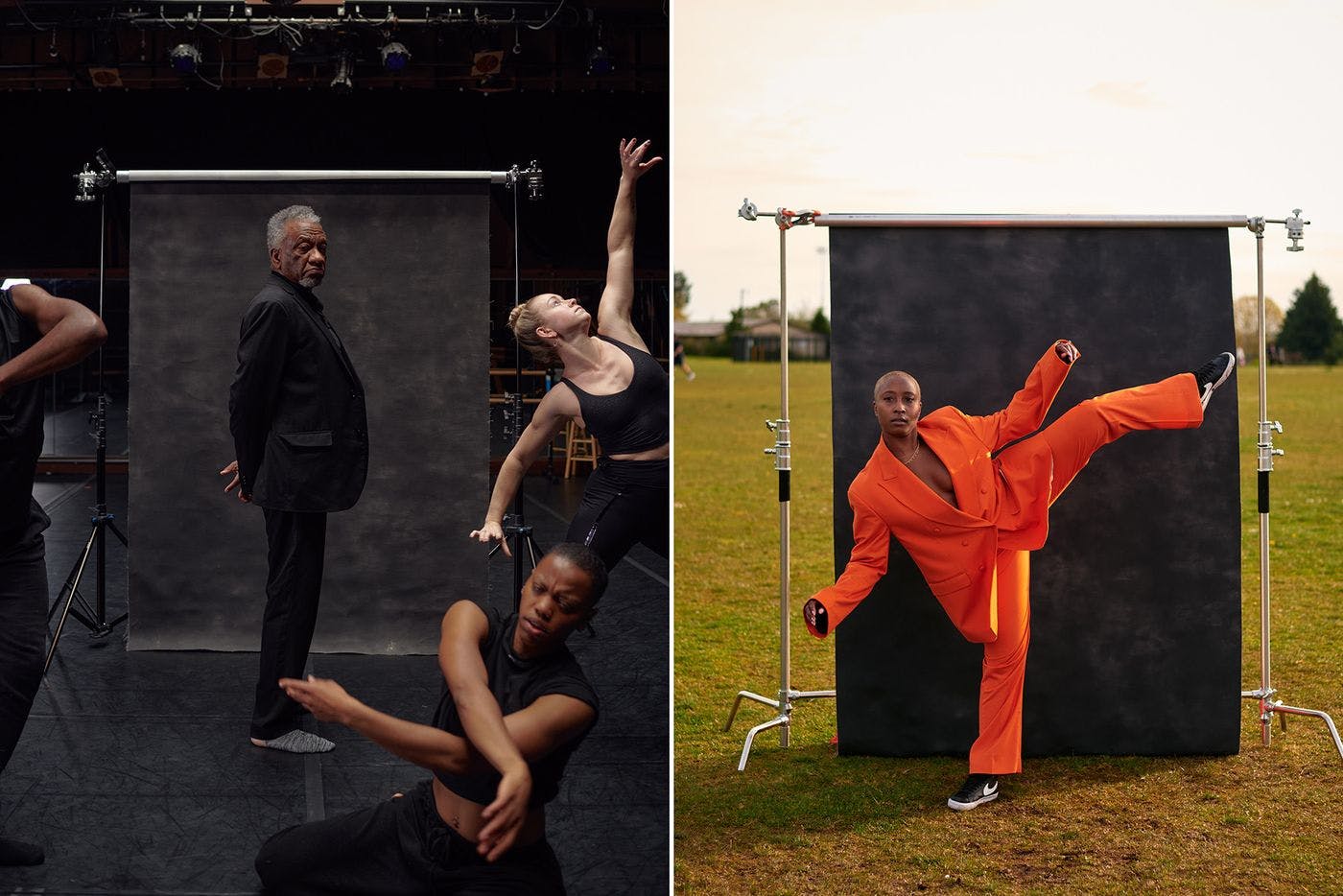
Watch: Kisha Vaughan
After daring to take an unconventional path to the stage, this hip-hop dancer and choreographer is making moves to create opportunities for others.
The dancer, choreographer and instructor broke barriers and influenced generations of artists.
by Jas Keimig / June 30, 2023
Syvilla Fort lives on in Seattle’s skyline.
Well, probably. The Black dancer, choreographer and teacher who influenced generations of dancers both here and across the nation may be the inspiration behind the iconic Space Needle design, and here’s why: Architect Victor Steinbrueck based the Needle’s graceful structure on David Lemon’s wooden sculpture, “The Feminine One,” which captured a feminine body in motion. And Fort happened to be one of the most prominent dancers in Seattle when Lemon sculpted the piece.
“If we look at the Space Needle as an icon of the region,” says B.J. Bullert, director of the documentary Space Needle: A Hidden History, who proposed the theory of Fort as the tower’s inspiration, “what would it mean to imagine her as perhaps capturing the spirit of Syvilla Fort?”
Born in Seattle in 1917, Fort grew up obsessed with ballet and started dancing at age 3. “I used to dance in the aisles of the Palace Theater,” she said in a 1975 interview. “I wanted ballet like nobody straight to this day wanted ballet.” Despite her passion, Fort was denied entrance to ballet schools because she was Black. She received private dance lessons instead, and as a teen taught ballet and tap classes for kids who also wanted to learn.
In the early 1930s Fort’s mother, Mildred, worked as a housekeeper and cook for Nellie Cornish, founder of what we now call Cornish College of the Arts. Cornish saw Fort’s ferocious talent and gave her a full scholarship. (In a full-circle moment, in 2022 Cornish created the Syvilla Fort Scholarship Fund to support BIPOC students.)
In 1932 she became one of the first Black students at the college, dancing and learning alongside other PNW greats like Merce Cunningham, Dorothy Herrmann and Bonnie Bird, a former dancer in Martha Graham’s troupe who at the time led Cornish’s dance program. With Cunningham and Herrmann, Fort choreographed a four-movement piece called Skinny Structures, which the trio performed at the Cornish Dance Group’s “Hilarious Dance Concert” in 1939.
It was at Cornish that same year that Fort commissioned John Cage, then an accompanist for Cornish’s modern-dance classes, to compose music for two dance concerts she was choreographing.
One of her works, 1940’s “Bacchanale,” inspired Cage to invent his legendary “prepared piano,” placing objects between piano strings to recreate the sounds of other instruments, because there was no space on the Repertory Playhouse stage for percussion during Fort’s performance.
After leaving Seattle in the early 1940s, Fort met the “matriarch of Black dance,” Katherine Dunham, though reports vary on whether this happened in New York or Los Angeles.
She immersed herself in the “Dunham technique,” which incorporated Indigenous African and Caribbean movements with elements of traditional ballet. Fort eventually became a member of Dunham’s dance troupe, with which she toured the globe and even appeared in the 1943 film Stormy Weather, starring Lena Horne.
In the mid-’40s, nursing a knee injury that ended her professional dance performance career, Fort landed in New York City to teach at the Katherine Dunham School of Arts and Research. By 1954, Fort opened her own dance studio with her husband and fellow dancer Buddy Phillips, where she taught her Afro-Modernist style that drew from Dunham’s technique as well as jazz and tap.
While there, Fort not only mentored influential dancers like Alvin Ailey and Yvonne Rainier, but also Hollywood actors like James Dean, Eartha Kitt, Marlon Brando and Jane Fonda, who all learned to plie, pirouette and tap from Fort.
“Every step and every move that she would teach her students had some kind of purpose and reference,” says Seattle dancer and teacher Edna Daigre, who danced with Fort. “It made you move, it made you feel what she was trying to tell you through the story because she is a storyteller.”
By the time she died of breast cancer in 1975, Fort had shepherded generations of dancers through her studio. Upon her passing, The New York Times called her a “pioneer in [B]lack dance,” and she lives on in more than just our city’s skyline; her influence is felt among Seattle dancers to this day.

In April 2023, Seattle’s Black Collectivity dance group staged A Practice of Return, a performance responding to Fort’s 1940 solo concert at the Seattle Repertory Playhouse (now the Jones Playhouse in the University District). Though few records of the original performance exist, Black Collectivity used research and imagination to explore the ways Fort’s knowledge is passed down through dance.
“There’s a lot of embodied knowledge that artists carry in movement and in their body over time across generations,” says Black Collectivity dancer and archivist Nia-Amina Minor. “So there’s certainly things that are present because they were explored by [dancers] like Syvilla Fort and Katherine Dunham in the 1930s and ’40s, and they still show up in the roots of the movement that we do today.
“I think that’s the really beautiful thing about dance as an archive.” Minor continues. “Dancers, choreography, we can hold memory in these ways that are very much unspoken.”
Black Arts Legacies Writer
ARTIST OVERVIEW

Dancer, choreographer
(1917-1975)

After daring to take an unconventional path to the stage, this hip-hop dancer and choreographer is making moves to create opportunities for others.

A dance teacher beloved by generations of Seattle students, this longtime movement maven believes breath is life.

Sixteen years after he first discovered tap, this Seattle dancer is finding his place in the lineage of an art form with deep roots in the Black community.

Pacific Northwest Ballet’s first Black woman soloist creates connections across disciplines.

The Pacific Northwest Ballet’s first Black dancer went on to co-found a treasured performing arts school in Tacoma.

For these dancer-choreographers, social engagement takes center stage.
Thanks to our Sponsors
Your support helps Cascade PBS create projects like Black Arts Legacies. Learn how you can help with a one-time donation or recurring membership.
Support CrosscutLoading...